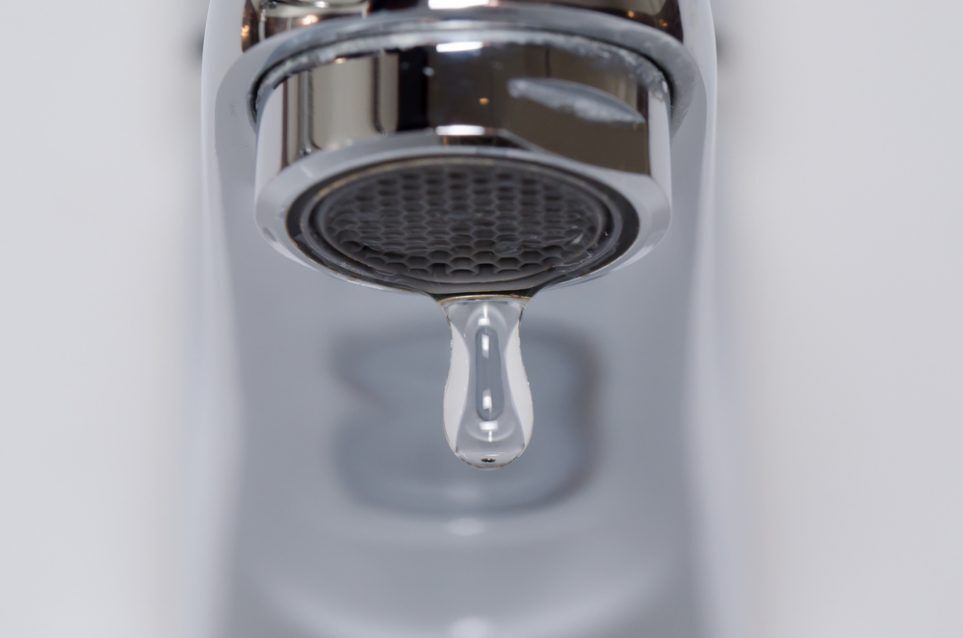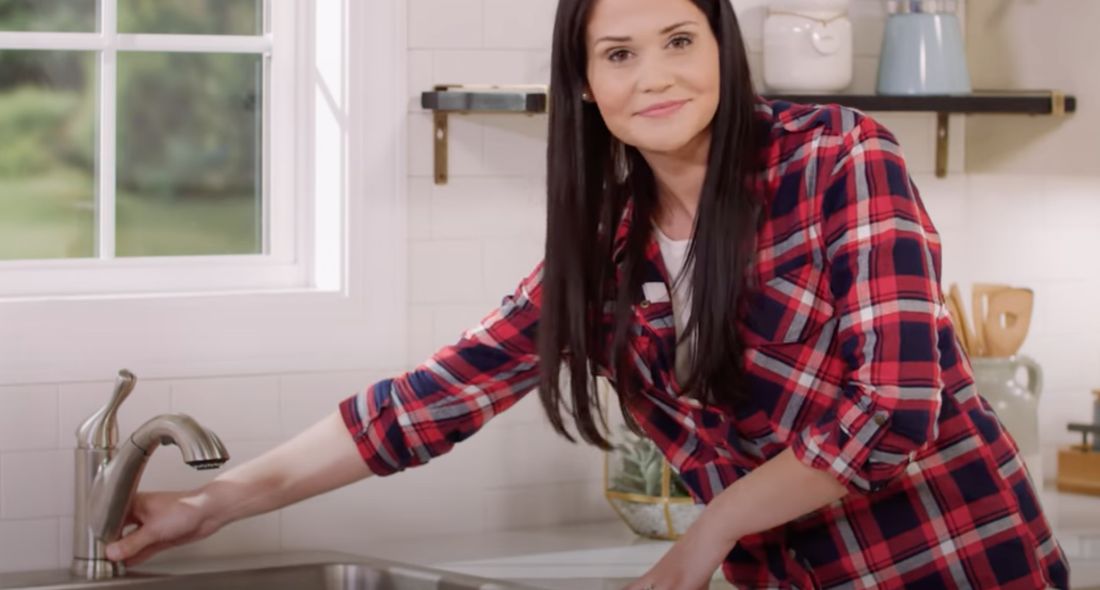How It's Significant to Fix a Faulty Faucet
How It's Significant to Fix a Faulty Faucet
Blog Article
The author is making a number of great observations on Why Is It Important To Fix Your Leaking Tap/Faucet? overall in the content beneath.

Trickling faucets may seem like a minor inconvenience, but their influence surpasses simply the nuisance of the noise. From wasting water to sustaining unneeded financial expenses and wellness threats, ignoring a leaking tap can cause numerous effects. In this article, we'll delve into why it's important to address this typical home problem quickly and properly.
Wastefulness of Water
Ecological Effect
Leaking faucets contribute significantly to water wastage. According to the Epa (EPA), a solitary faucet dripping at one drip per secondly can lose more than 3,000 gallons of water per year. This not only pressures water sources however also influences environments and wildlife depending on them.
Financial Expenses
Increased Water Costs
Beyond the ecological impact, dripping taps can inflate water expenses substantially. The collected wastage gradually translates right into greater utility costs, which can have been avoided with prompt repairs.
Prospective Residential Or Commercial Property Damages
In addition, prolonged leaking can result in harm to fixtures and surfaces surrounding the faucet. Water accumulation can trigger discoloration, deterioration, and also architectural concerns if left unattended, resulting in additional repair work expenses.
Health and wellness Worries
Mold And Mildew and Mold Development
The consistent visibility of dampness from a trickling tap produces a suitable setting for mold and mildew growth. These fungi not only endanger indoor air high quality yet also pose wellness threats, particularly for individuals with respiratory problems or allergies.
Waterborne Diseases
Stationary water in leaking faucets can come to be a breeding ground for bacteria and various other pathogens, raising the danger of waterborne diseases. Pollutants such as Legionella germs thrive in stationary water, potentially causing major ailments when ingested or inhaled.
Do it yourself vs. Professional Repair service
Advantages and disadvantages of Do It Yourself Fixing
While some might try to repair a leaking tap themselves, do it yourself repairs include their very own collection of obstacles. Without proper knowledge and tools, DIY efforts can worsen the issue or result in incomplete repair services, extending the issue.
Advantages of Employing an Expert Plumber
Employing an expert plumber makes sure that the underlying reason for the leaking faucet is addressed effectively. Plumbers possess the competence and devices to diagnose and fix faucet issues successfully, conserving time and reducing the risk of more damage.
Step-by-Step Overview to Taking Care Of a Dripping Faucet
Devices Needed
Before trying to repair a leaking faucet, collect the required devices, including a flexible wrench, screwdrivers, replacement components (such as washers or cartridges), and plumber's tape.
Typical Tap Issues and Their Solutions
Recognize the kind of tap and the specific problem causing the drip. Typical problems consist of worn-out washing machines, corroded valve seats, or malfunctioning O-rings. Refer to supplier directions or on-line tutorials for step-by-step assistance on repair services.
Safety nets
Regular Maintenance Tips
To stop trickling taps, do routine maintenance such as cleaning up aerators, checking for leaks, and replacing worn-out parts promptly. In addition, take into consideration installing water-saving devices or upgrading to extra effective fixtures.
Importance of Prompt Services
Resolving leaking faucets as quickly as they're noticed protects against more water wastage and potential damages, ultimately saving both water and money over time.
Influence On Residential Property Worth
Assumption of Well-Maintained Residential Or Commercial Property
Preserving a property in good condition, consisting of resolving upkeep problems like leaking faucets, boosts its regarded worth and worth amongst possible purchasers or tenants.
Influence on Resale Worth
Residences with properly maintained plumbing fixtures, consisting of taps, command higher resale values in the property market. Attending to dripping faucets can contribute to a favorable impact during home examinations and negotiations.
Environmental Obligation
Private Payment to Preservation
Taking duty for fixing dripping faucets lines up with wider efforts toward water conservation and environmental sustainability. Every individual's actions collectively make a significant impact on preserving priceless resources.
Lasting Living Practices
By focusing on timely repair services and adopting water-saving habits, people add to lasting living techniques that benefit both present and future generations.
Final thought
Resolving a leaking faucet goes beyond plain benefit; it's a vital step towards conserving water, lowering monetary costs, and securing health and building. Whether with do it yourself repair work or specialist assistance, doing something about it to fix leaking taps is a tiny yet impactful way to advertise responsible stewardship of resources and contribute to a healthier, much more sustainable future.
How to Fix a Dripping or Leaky Faucet
A leaking faucet is one of the most common problems that homeowners encounter, but it being commonplace doesn’t make it any less annoying. The constant drip drip drip of a leaking bathtub faucet, showerhead, or sink tap can disturb your home’s serenity. Left neglected, a dripping faucet can also result in higher water bills and discoloration or mold growth in your sink or plumbing fixtures.
Fortunately, you don’t have to be a trained plumber to know how to stop a dripping faucet. With some basic tools, replacement parts, and a little patience, leaky faucet repair is a breeze. In this article, we’ll explain what causes dripping faucets and how you can fix them.
What Causes a Leaking Faucet?
Kitchen and bathroom faucets come in all manner of designs, but most involve some combination of valves, O-rings, seals, and washers. The O-ring is usually the weakest link, but any one of these pieces can wear down over time. Heat, moisture, temperature fluctuations, minerals, mold, and movement can contribute to warping and corrosion, breaking the watertight seal. This just comes with the territory of being a homeowner. Everything is always subject to wear and tear, and some component parts of your appliances and fixtures need to be replaced on occasion. At least replacement O-rings are cheap!
More rarely, dripping faucets can be a symptom of excessively high water pressure. Were this the case in your home, you would probably notice that the leak is not isolated to one faucet. Water pressure issues are harder to resolve on your own. We recommend contacting a professional plumber if you suspect your water pressure is too high.
How to Fix a Dripping Faucet
Pipe wrench or monkey wrench Allen wrench set Screwdrivers Old towel or rag Shut off the water.
Before you do anything, you need to turn off the water to keep from drenching your kitchen or bathroom. You should find a valve under the sink and against the wall. Once you’ve turned this valve, try turning the faucet on to confirm that the water source has been cut off.
If you can’t locate your local valve for the faucet you’re working on, you can always shut off the water to the house at the main valve. Of course, this will prohibit anyone from using the sinks, showers, or toilets while you’re working on the faucet that’s giving you trouble.
Plug or block the drain.
You’ll be disassembling the faucet and removing some small bits of hardware. Plug the drain with a stopper or rag to avoid the possibility of a small screw falling into your P-trap.
Take apart the faucet assembly.
There are several varieties of kitchen and bathroom faucets, each with its own manner of assembly. For detailed instructions on how to disassemble your faucet, you can refer to the fixture’s manual or contact the manufacturer. If you know whether you have a ball, disc, cartridge, or compression faucet, you can find detailed schematics online.
In general, you need to begin by removing the faucet handles. You might notice a small screw that you’ll need to remove with a screwdriver or Allen wrench. If you don’t see any visible securing hardware, it’s likely hidden under a decorative cap that can be unscrewed or popped off with flathead screwdriver.
Remove each piece methodically, consulting a schematic when necessary. Take notes or arrange the pieces in such a way to make it easier to correctly reassemble the faucet later.
Remove the cartridge.
Once you’ve removed the handles and securing hardware, you should be able to remove the valve cartridge or stem. Some cartridges will slide right out. Other faucet models will require you to loosen a nut with a pipe wrench before you can remove the valve stem.
Examine the exposed hardware.
With the cartridge or stem removed, inspect the component parts. Check the rubber O-rings for wear and tear. Also examine the seat washer for corrosion or other damage. These pieces are usually the responsible parties for a dripping faucet, but it’s worth inspecting the other component parts while you have the faucet disassembled.
Find replacement parts.
Once you’ve identified which faucet component has failed, find an identical replacement. Your local hardware store should have O-rings, seat washers, and other standard components in stock. If you have a luxury or uncommon faucet, you may have to contact the manufacturer for a replacement part.
It’s a good idea to take your old parts with you to the hardware store so you can compare them with the store’s inventory and be sure you’re purchasing the correct replacement.
Reassemble the faucet.
With your new parts in hand, reconstruct the faucet and handles. Don’t be tempted to overtighten screws or nuts. You might think this could create a better seal, but it can instead damage or bend a delicate part of the assembly and create a new problem for you.
Turn on the water and test the faucet.
The only thing left to do is test your work. Unplug the sink, turn the water back on, and try the faucet. Congratulate yourself on a job well done!
https://www.libertyhomeguard.com/how-to-fix-a-dripping-or-leaky-faucet/

Do you like more info about ? Create a remark further down. We'd be pleased to see your thinking about this post. We are looking forward that you visit us again before long. Sharing is nice. You just don't know, you might be helping someone out. Thanks a lot for going through it.
Report this page